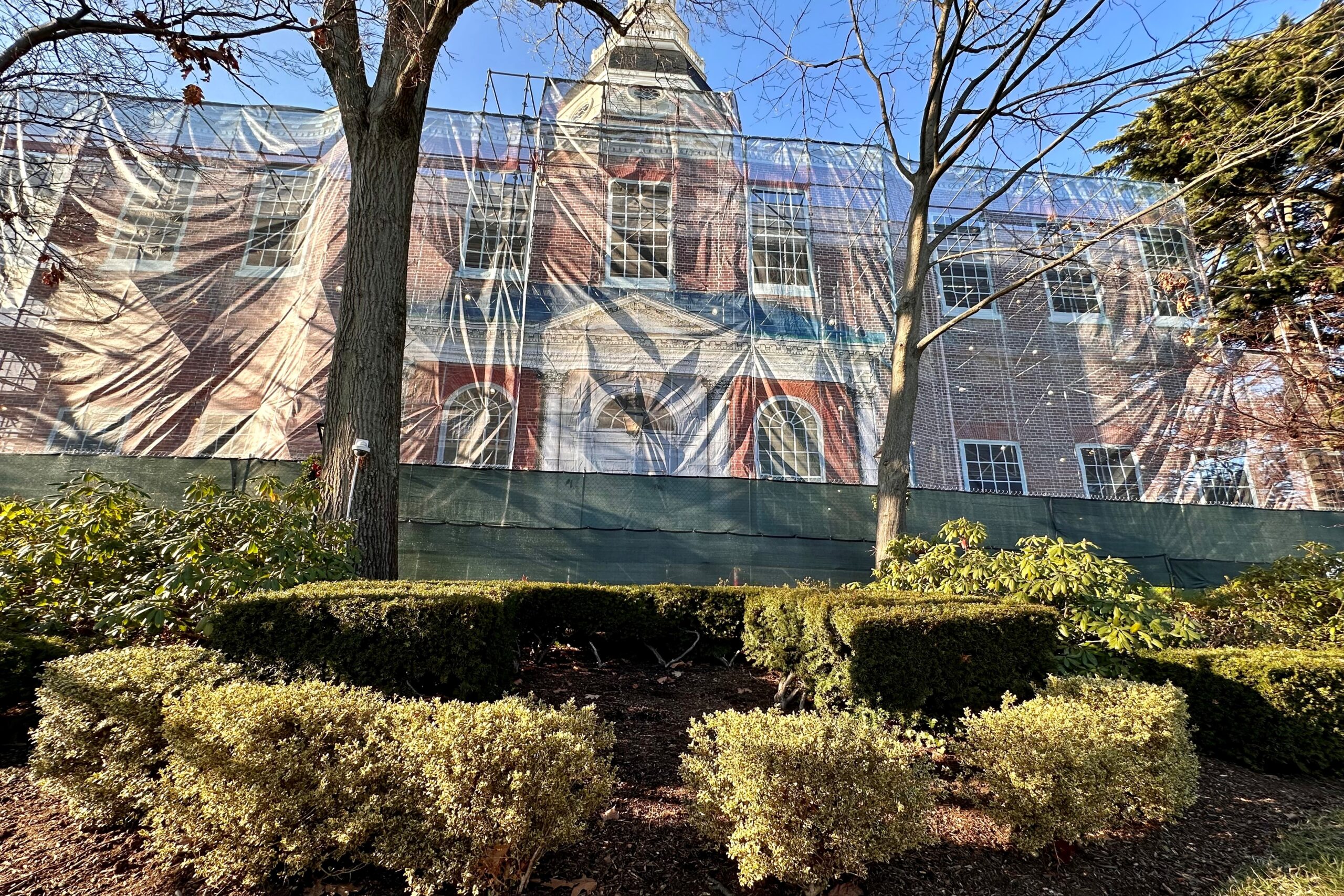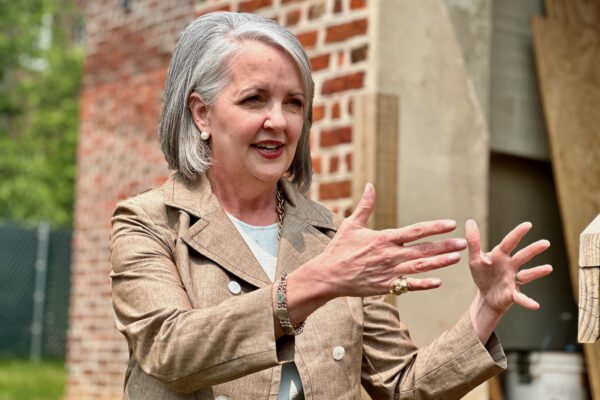New monument honoring Black Revolutionary War soldiers planned for State House

A new monument honoring Black Revolutionary War soldiers is being planned for the Maryland State House grounds.
The monument stems from a proposal by Steven X. Lee, an adjunct history professor at Stevenson University and author and founding director of the Benjamin Banneker Historical Park and Museum in Baltimore County.

State Archivist Elaine Rice Bachmann. Photo by Bryan P. Sears.
“Mr. Lee worked with the archives to create a proposal that was put before the State House Trust and unanimously approved to honor African Americans who served in the Revolutionary War in a figural monument that will be located in the general location of the historic front of the State House, where the statue of Roger Brooke Taney once stood,” said Elaine Rice Bachmann, state archivist.
Lee is the author of “The Story or Mr. Thomas Carney,” a Black Revolutionary War soldier born in 1754 on the Eastern Shore.
The monument will be the State House Trust contribution to the state’s celebration of the 250th anniversary of the founding of the United States.
Planning and an exact timeline for the project are in the initial stages. There is no final design and artists have yet to be solicited.
“So, there’s really just a rough timeline played out now for how that would all work in time for a July 2026 unveiling,” Bachmann said. “It all hinges on funding coming through. So again, we can’t really put this in place until the budget is released in January.”
Maryland lawmakers and the governor face tough budget decisions in the coming session.
Additionally, there will be an effort to soften the blow of a doomsday transportation budget. Transportation Secretary Paul Wiedefeld announced earlier this month a plan that cuts projects in every jurisdiction in the state. In all, the plan reduces spending by a total of $3.3 billion.
State funding for the Maryland State Archives and artistic properties is not extravagant, even in years of budget surpluses.
“It is our hope that funding remains steady, and we don’t have any indication that it will be significantly less,” said Bachmann.
The likely placement of the monument is in an area that once featured a statue of Supreme Court Justice Roger Brooke Taney.
Taney, a Maryland native and the only chief justice of the U.S. Supreme court to hail from the state, penned the 1857 Dred Scott decision that declared slaves were property and not human beings.
The statue, erected in 1872, was removed in the pre-dawn hours 2017 as Maryland joined other states who grappled with the country’s slavery and racist institutions and the monuments that honor its defenders.
Some at the time defended Taney’s legacy as “complicated.” Others were less kind.
Democratic former Del. Jolene Ivey, now chair of the Prince George’s County Council, once described the statue as “a turd that sits in front of the Maryland State House.”
Currently, the State House and its grounds are undergoing a $20.2 million restoration project.
“It’s timely because in addition to the State House restoration, there is also the ongoing work on the old Treasury Building and some adjustments to the grounds and landscape design and signage. So, the time is right to be looking at this opportunity,” Bachmann said.
Included in the project are the restoration of the exterior of the State House, window and roof repair or replacement, and repairs to the brick facade of the building and a brick retaining wall along State Circle. Improvements to landscaping, grading, ramps, walkways, lighting, and railings on the grounds are also planned.
The first phase of restoration work included repainting the iconic State House dome. That work was completed before Gov. Wes Moore (D) was sworn in in January.
The Old Treasury Building on State Circle will also get a long-needed facelift.
Built in 1735, the structure is the oldest state government building in Annapolis. It has been closed to the public for 50 years.
When completed, the building will include historical exhibits and be open to the public.




 Creative Commons Attribution
Creative Commons Attribution